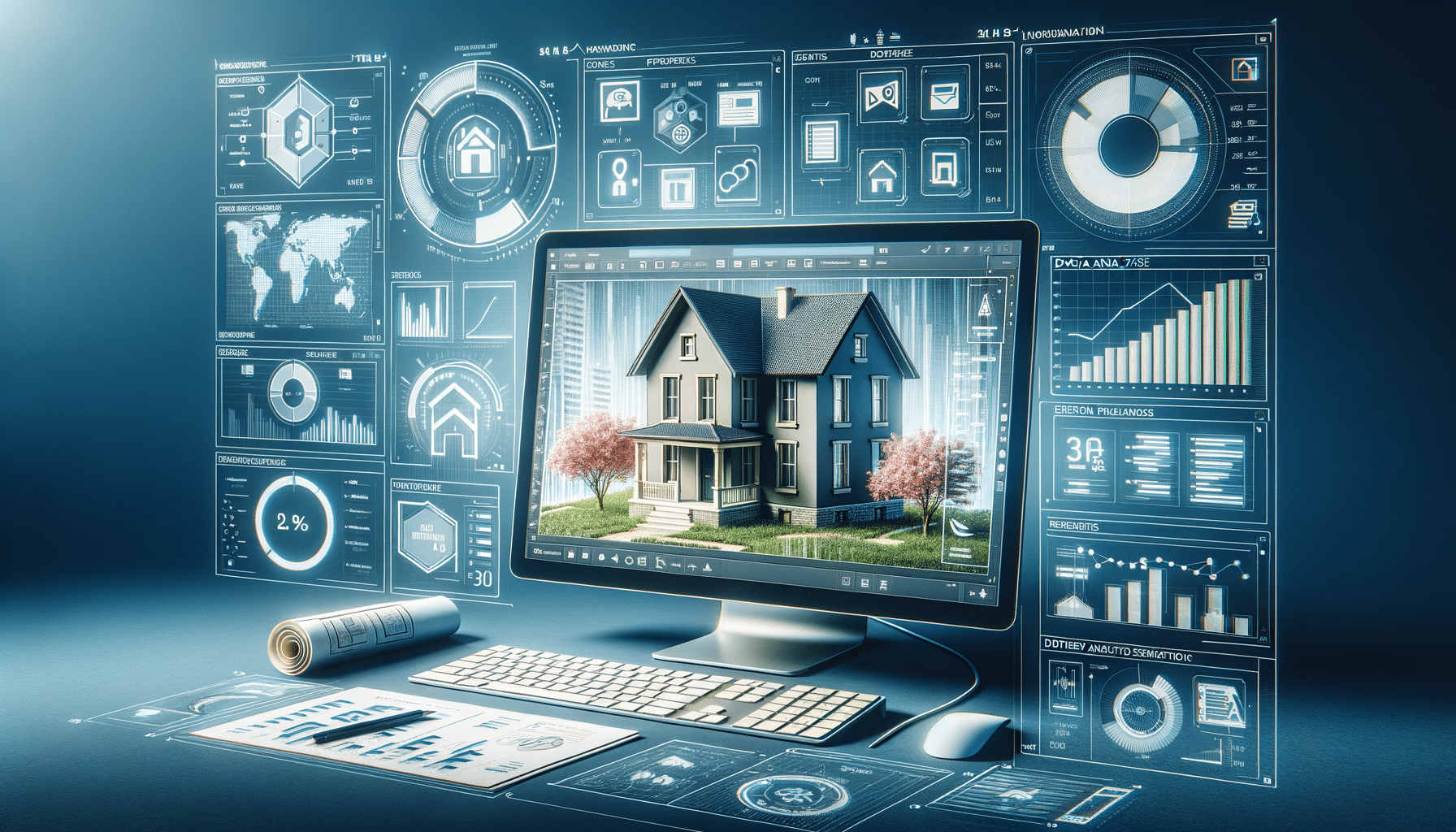
What You Need to Know About Property Management Software (And Why More People Are Using It)
Introduction to Property Management Software
In the world of real estate, managing properties can be a daunting task. From tracking rent payments to handling maintenance requests, the responsibilities are numerous and often overwhelming. Enter Property Management Software, a digital solution designed to streamline these processes and make life easier for landlords and property managers alike. This software offers a comprehensive suite of tools that automate many of the day-to-day tasks associated with property management, allowing professionals to focus on more strategic aspects of their business. As technology continues to evolve, more people are embracing these platforms to enhance efficiency and improve tenant relations.
Key Features of Property Management Software
Property Management Software comes equipped with a variety of features that cater to different aspects of property management. These include:
- Rent Collection: Automated payment processing makes it easy to track and manage rent payments, reducing the risk of late payments and errors.
- Lease Tracking: This feature helps landlords keep track of lease terms, renewal dates, and tenant information, ensuring nothing falls through the cracks.
- Maintenance Management: Tenants can submit maintenance requests online, and property managers can track the status of these requests in real-time.
- Communication Tools: Built-in messaging systems facilitate clear and efficient communication between tenants and property managers.
These features not only save time but also enhance the overall management experience, making Property Management Software a valuable tool for anyone in the real estate industry.
Benefits of Using Property Management Software
The advantages of using Property Management Software are numerous. Firstly, it significantly reduces the administrative burden on property managers by automating many routine tasks. This allows them to focus on more strategic initiatives, such as expanding their property portfolio or improving tenant satisfaction. Additionally, the software enhances transparency and accountability, as all transactions and communications are documented and easily accessible. This can lead to improved tenant relations and higher retention rates. Furthermore, the data analytics capabilities of these platforms provide valuable insights into property performance, helping managers make informed decisions about their investments.
Challenges and Considerations
While Property Management Software offers numerous benefits, there are also challenges and considerations to keep in mind. The initial setup and integration can be time-consuming and may require a learning curve for staff. Additionally, there’s the cost factor; while the investment can pay off in the long run, it’s important to ensure that the software chosen aligns with the specific needs and budget of the business. Security is another concern, as sensitive tenant information is stored digitally. Therefore, it’s crucial to choose a platform with robust security measures in place to protect data.
Future Trends in Property Management Software
The future of Property Management Software looks promising, with several trends on the horizon. One such trend is the integration of artificial intelligence, which can further automate processes and provide predictive analytics for better decision-making. Another trend is the increased focus on mobile capabilities, allowing property managers to access and manage their portfolios from anywhere at any time. As technology continues to advance, we can expect these platforms to become even more sophisticated, offering enhanced features and capabilities that will continue to transform the property management landscape.


